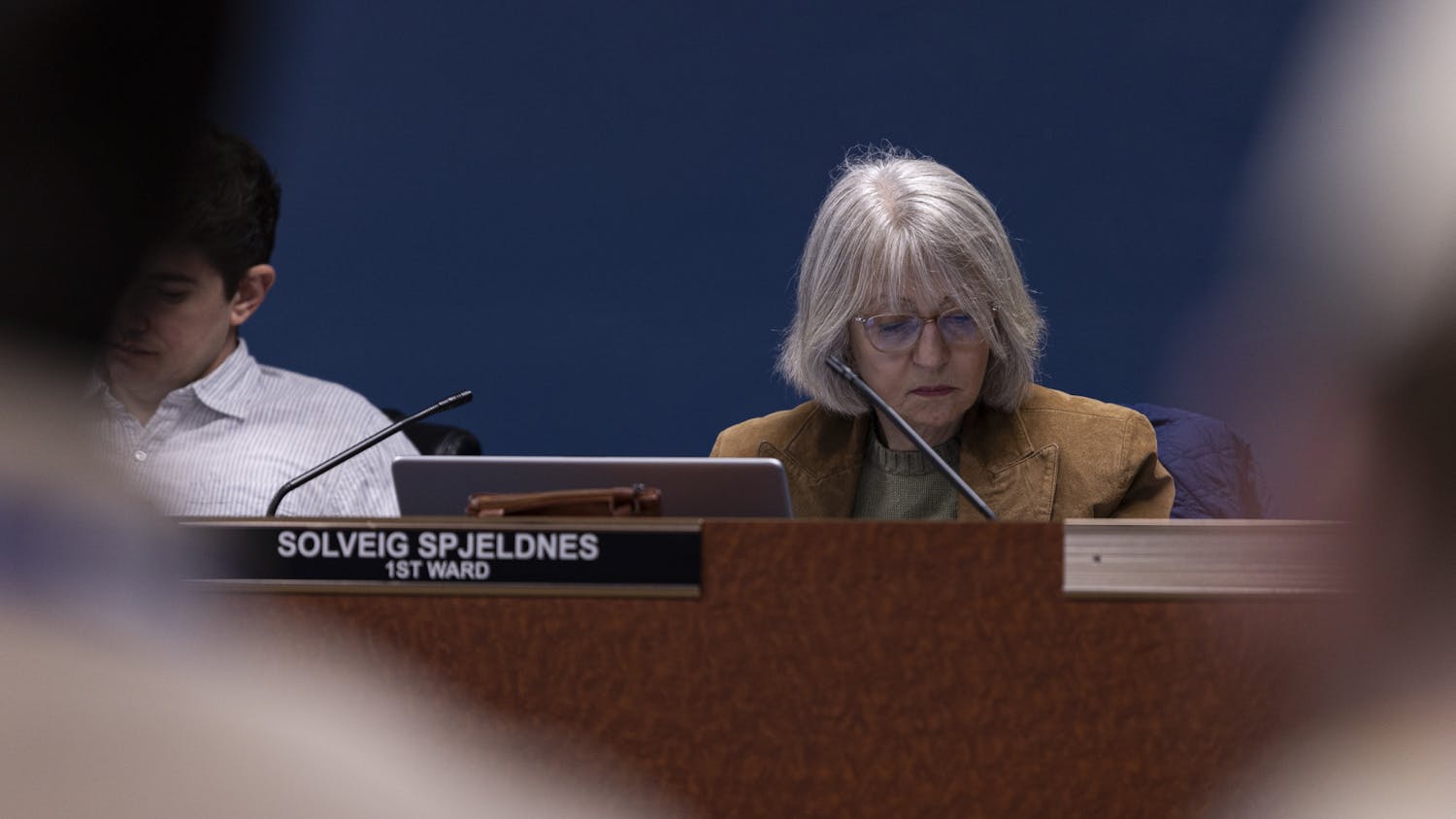(Content warning: The following article mentions eating disorders. Please proceed appropriately.)
A girl on your TikTok For You page stands before her camera, wearing nothing but leggings and a sports bra. She is thin, but she routinely glances down at her body just to make sure she is still thin enough.
The body positivity movement of the 2010s did not accomplish what it set out to do. After all, there has been a resurgence of an impossibly thin body type being deemed fashionable. They permeate social media feeds, the Hollywood elite and our day-to-day lives.
Eating disorders on the rise
Eating disorders are nothing new. The first case of anorexia nervosa was documented in the 1680s, and the first case of bulimia nervosa was recognized in the 1980s and published in the Diagnostic and Statistical Manual of Mental Disorders, or DSM. Since 2020, there has been a resurgence in cases of both disorders.
This is largely due to the COVID-19 pandemic. According to the National Library of Medicine, the pandemic created a “global context” perfect for a growing number of eating disorders. The sudden lockdowns allowed for increased exposure to unrealistic bodies on social media and a hyperawareness of food consumption and physical exercise. This made it easy for many to develop disordered eating habits. Many people also lost access to social support systems and treatment, creating a perfect storm for eating disorder development.
It is not just speculation, either. An article from The New York Times explained that many treatment clinics for eating disorders saw a huge spike in patients. The University of California San Francisco’s inpatient unit took in twice as many adolescent patients as it did pre-pandemic. Outpatient units saw a surge as well, and providers were forced to turn away patients or keep a waitlist that could last up to six months.
Hollywood’s impossible standards
It is no secret that many celebrities have access to top-of-the-line personal trainers and nutrition, allowing them to maintain impossibly thin figures. However, many have also undergone body modifications to maintain their ideal figure.
In late 2022 and early 2023, many celebrities began to sport much more gaunt faces suddenly. It became evident that they had buccal fat removal surgery, a procedure in which the buccal fat pads are removed from the cheeks, leading to a much thinner and more chiseled appearance.
A post from Chrissy Teigen, who admitted to having buccal fat removal surgery, fueled rumors of the surgery running rampant in Hollywood. While she is one of the few celebrities to admit to the procedure, there is speculation that celebrities like Lea Michele, Anya Taylor-Joy and Miley Cyrus have undergone it as well.
Similarly, as the slim-thick figure of the 2010s disappears, many celebrities’ bodies are changing with it. Kim Kardashian, once the pinnacle of curve culture, has seemingly slimmed down quite a bit, especially in comparing posts from 2024 and 2022. While two years is a lot of time, it also shows a shift from the BBL era to a more lithe figure.
But it is not just the Hollywood elite that are to blame for the resurgence of diet culture. As with many other cultural problems, social media is also to blame.
Social media and diet culture
Tumblr was once well known for its “pro-ana” (aka pro-anorexia) “thinspo” content. TikTok, learning from its predecessor, is also spreading the message of thinness through questionable video trends.
Among these is body checking, which the National Institutes of Health defined as a “behavioral manifestation of the core overvaluation of eating, shape, and weight concerns underlying eating disorder psychopathology.” The practice has spread across social media and is often characterized by manipulating one’s body to appear thinner, staring into the screen excessively to examine one’s body or continuously adjusting clothes to look as small as possible.
Some signs are obvious, but others can be more subtle and insidious. For example, someone might hide a body check in a video showing off their outfit or film a “get ready with me” video, starting with a shot of a person in undergarments or unnecessary emphasis on the waist and hips.
“What I Eat in a Day” videos can also push a lifestyle of unrealistic thinness. Many of these videos appear innocent but include far too few calories for an average person and end up promoting disordered eating habits.
An article from HuffPost explains that these videos are often misleading. Many people seek them out to get into shape or reach their desired body goal but fail to recognize that everyone’s body is different, and nutrition is not a one-size-fits-all concept.
Furthermore, the human brain is quick to draw comparisons and seek patterns and notices that certain foods feed a smaller body. Ergo, it is easy to fall into the trap of disordered eating.
Model Liz Seibert stirred controversy on TikTok with her unconventional eating habits of a high-fat diet and numerous supplements within a window of just a few hours. She claimed she was under the supervision of a nutritionist, but her videos promote extremely disordered eating habits that an average person should not be participating in.
Even after years of work to promote body positivity and the acceptance of people of all shapes and sizes, the beauty standard has come full circle, right back to a figure that is impossible to attain for many.






